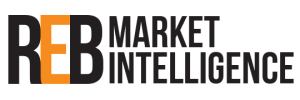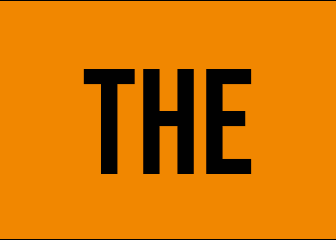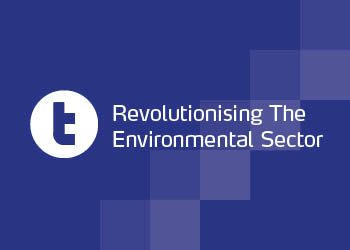January is the most important month in the PRN compliance year. It is the final month that UK producers and schemes can comply for the previous year, and the final month that reprocessors can sell any PRNs generated in the previous year. While all of this is going on, market activity starts to ramp up for the new compliance year.
With so many different dynamics, it typically results in a flurry of activity as schemes and producers confirm their compliance position for the previous year and look ahead to the next compliance year. The 2022 compliance year has the added complication that for some materials there is concern the UK will not have met its obligation – plastic, aluminium and general recycling come to mind. This has led to some relatively volatile prices over the last few months.
In the last quarter plastic prices have fluctuated from £450 per tonne in November, back down to around £350 per tonne in December and have risen to £430 per tonne in January following the relatively weak volumes published in January. The plastic position for the UK looks very tight, and even if the UK does meet its obligation, transitional PRNs into 2023 will be significantly lower compared to 2022 transitional volumes.
Aluminium has followed a similar trajectory. Following a fairly stable drop in prices over the last few months, after the indicative figures published in January which suggested the UK will struggle to meet its obligation, prices have risen steadily to around £160 per tonne. It’s not quite reached the peak earlier in the year, but the price movement has been up.
Paper and wood prices topped out at £50 per tonne in December due to the UK’s general recycling position. It is still precarious following the December data release, although the prices have dropped to between £35 per tonne and £40 per tonne. While this is a large drop in price compared to December, in the context of paper and wood PRN trading it is still a relatively high price and carry forward volume is likely to be low into 2023, similarly to plastic.
Steel, glass other and glass remelt have recovered fairly well over the last few months, with prices dropping compared to the peak prices in 2022. Steel has dropped to £50 per tonne compared to a high of £120 per tonne and glass other and remelt have dropped from between £175 per tonne -£210 per tonne to between £100 per tonne to £110 per tonne. When compared to historic pricing however, they are all trading at relatively high prices giving an indication of how challenging 2022 has been and expectations for 2023.
As a result of the challenging nature of 2022 for the PRN system, it is highly likely that carry forward volumes into 2023 will be significantly lower than they were into 2022, meaning the start to the year is already difficult. Inflation is also having an impact on recycling volumes and therefore PRN generation. As the cost-of-living crisis hits household spending, the volume of sales is decreasing and therefore there is less material in the waste stream.
It’s not all doom and gloom however, with a number of contributing factors that could lead to a bit more stability within the 2023 compliance year. The strong PRN prices over the last six months have led to an increase in the volume of PRNs generated and the impact of this is likely to carry on into 2023. Given the high exit price from 2022 and relatively high entry price into 2023 across all materials, it is likely the Q1 reprocessor volumes could be strong as the price support the PRN offers makes it more economically viable to collect and recycle more material. The high PRN price also typically acts as the economic lever to encourage more reprocessors and exporters to become accredited.
The targets in 2023 are remaining stable compared to 2022. Not adding additional demand onto the obligation through higher targets could help provide some stability in the 2023 PRN markets for producers.
Finally, there is another significant change for producers in 2023, with the ramping up of Extended Producer Responsibility and Deposit Return Scheme impacting the level of data producers must collect, the point of obligation and costs for producers. While the PRN system will remain in place and operate in a similar fashion, the shift to a single point of obligation from the current shared point of obligation will be significant for some producers.
James Armitage is head of procurement at Valpak













